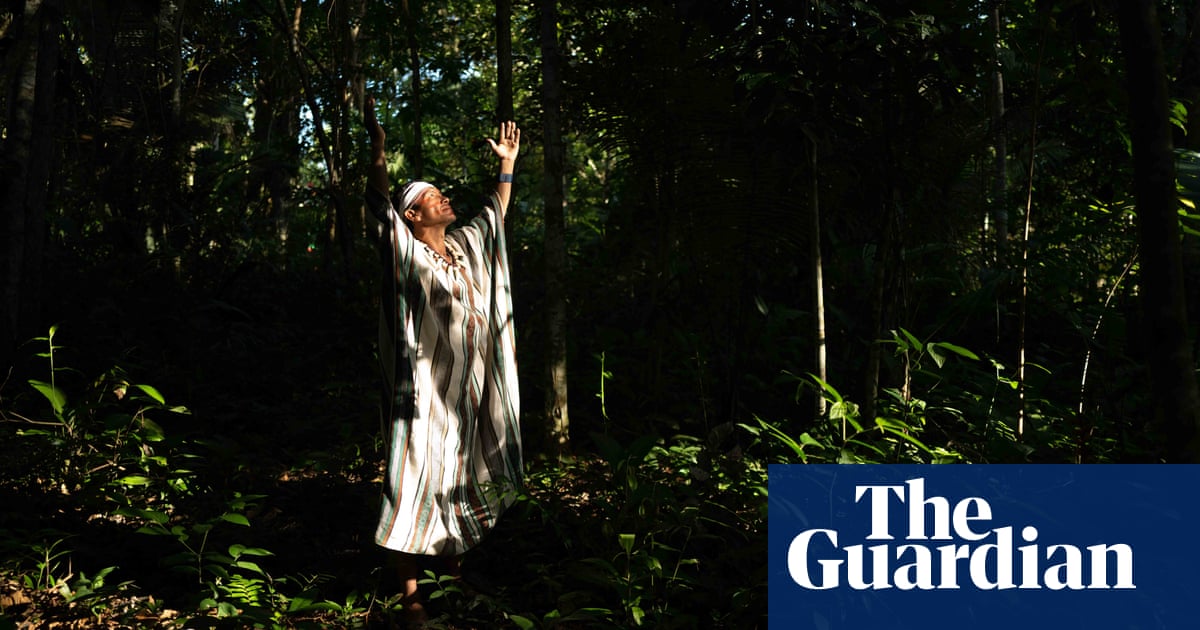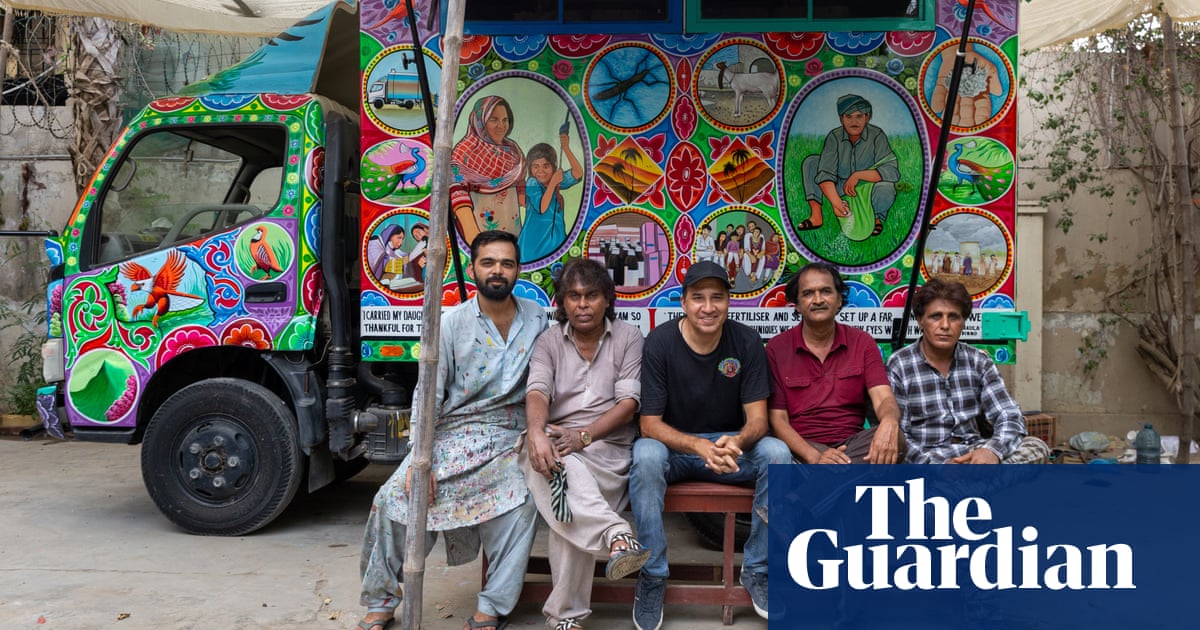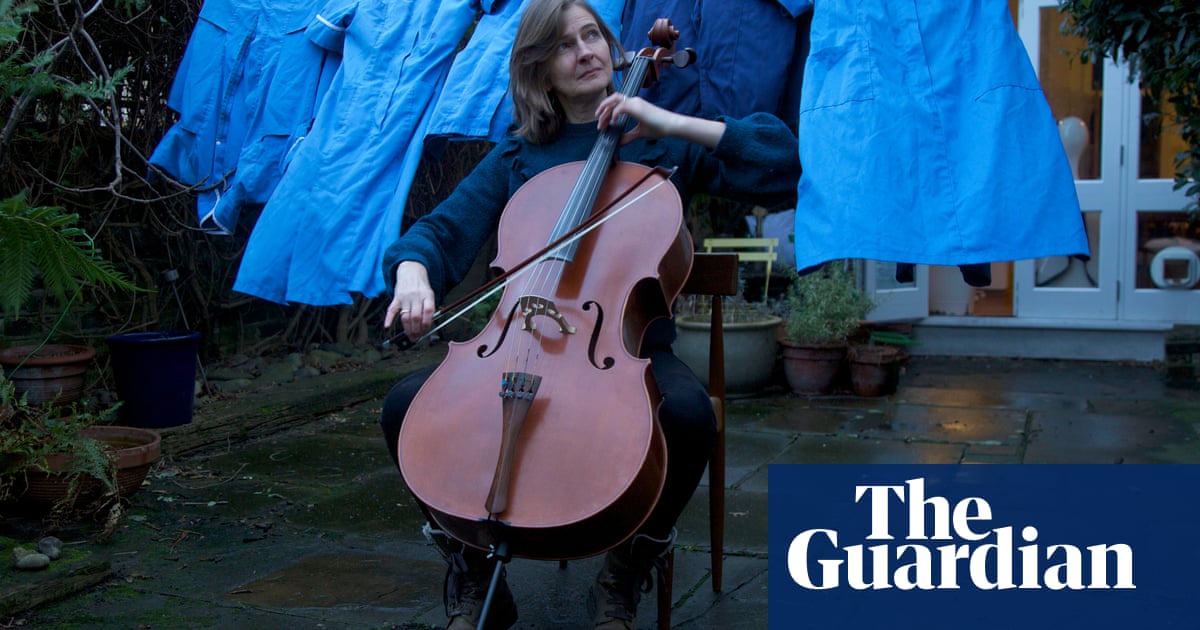
or decades, a mystery epidemic has plagued young male labourers toiling in Nicaragua’s sugar cane plantations. The men start their work fit and strong, but after repeated harvests chopping cane under the tropical sun, they begin to suffer from nausea, back pain and exhaustion, get such severe muscle weakness that they can no longer earn a living, then end up dying of kidney failure, despite many being only in their 20s and 30s.
In Chichigalpa, the centre of Nicaragua’s sugar cane industry, the mysterious illness accounts for half of all male deaths over the last decade. Just outside this “town of city and rum”, as it is known, one rural community has earned itself the moniker “La Isla de Viudas” – the Island of Widows.
Award-winning American photographer Ed Kashi first visited Chichigalpa in 2013 on assignment to document the plight of the region’s cane cutters. He was unprepared for the reality he found: “A funeral, literally every day, for a sugar cane worker who had died of this kidney disease.” He has since returned to Nicaragua and neighbouring El Salvador, as well as India and Sri Lanka, to cover the epidemic and scientists’ responses to it.
Unlike chronic kidney disease, which is mostly seen among elderly people in urban areas, chronic kidney disease of unknown origin (CKDu) is believed to kill roughly 40,000 people a year, primarily from marginalised agricultural communities living along the equator.
Baffled by the ubiquity and intensity of CKDu in Nicaragua, researchers at first questioned whether the deaths could be put down to diet, toxins or dehydration, allowing sugar companies to deny any potential causal link between the disease and working conditions on the plantations. Now the science is underlining a clearer connection between heavy labour in high temperatures and incidence of CKDu. Research has shown that basic workplace improvements, such as regular access to water, rest and shade, can significantly decrease potential kidney injury among labourers.
For the 2,500 field workers at Nicaragua’s largest and oldest sugar mill, Ingenio San Antonio (ISA), this is welcome news. Just five years ago, ISA was among a number of mills donating hundreds of thousands of dollars to research non-work related causes of CKD. Today ISA is at the very heart of an occupational health initiative that has the potential to substantially mitigate, if not eradicate, kidney disease among its sugar labourers.
The focus of the “Adelante” initiative is simple: to limit workers’ exposure to heat stress by introducing compulsory measures such as mandated shade, rest, water and electrolyte breaks. Data from the human rights and occupational health organisation La Isla Network, which is working with ISA to implement these interventions, found that an enhanced rest schedule and improved access to hydration and shade reduced kidney injury among labourers by 70%. The data also found that the labourers’ workload hugely matters: those with heavier loads were 12 times more likely to contract renal damage during harvest than those with a lighter load.
As the global climate heats up, the potential for damage to human health increases. Research has shown that extreme heat stress can lead to fatal heart attacks and other cardiovascular fatalities, as seen by the deaths of hundreds of migrant workers every year in Qatar. In Nicaragua, while other factors such as metals, pesticides or toxins may still contribute to CKDu, “the most affected workers are those that work in very hot climates and at the same time have an enormous physical workload,” says Dr Catharina Wesseling, an epidemiologist based at the Karolinska Institute of Sweden.
“You can see sugar cane workers as a sentinel population. They are working in the hottest climates and conditions possible and at the same time their energy expenditure is comparable to half marathon runners … or to [those engaged] in military operations, only they do [this work] every day,” says Wesseling.
“So the combination of those two factors causes an excessive exposure to external and internal heat, and that causes dehydration and alterations of the whole renal system, and leads, in the end, to chronic kidney disease.”
The men working on ISA’s plantations used to chop as many as 7 tonnes of cane each day for seven days a week, labouring up to 14-hours a day in 38C (100.4F) heat with few, if any, breaks. Now they are working just six hours a day for six days a week, taking rest periods of between 10 and 30 minutes every hour after work begins at 6am. Labourers have also been given special wicking shirts and PPE to keep them cool and protect them from injury.
“Many mills and many companies will tell you today they have some sort of ‘water and shade programme’. But having [just any] ‘intervention’ does not mean you have a sufficient intervention,” says La Isla Network’s co-founder Jason Glaser, who is leading the initiative.
“It’s no different than if you had high blood pressure and you were only taking half of your medication. If you don’t have adequate timing of rest, shade, water or electrolytes, you will not keep your core temperature down, and you will still get kidney damage.”
Although CKDu was first documented among sugar cane workers in Costa Rica in the 1970s, it is likely that the “mysterious” epidemic has affected plantation labourers ever since sugar cane was first farmed in the Caribbean in the 1600s.
“If you look at the death records [of slaves forced to work on sugar plantations], their mortality was much higher, much younger than if you compare them with those of slaves in other forms of forced labour,” says Glaser.
“There are other stories from the 1930s of men in Nicaragua dying before their 40s of ‘exhaustion’. In India, in plantations where they only cut two tonnes of sugar cane per day, we don’t see CKDu reported; but if you compare it to the lowlands of Mesoamerica, where they cut six tonnes per day in the high heat, you do.
“In every place you look that has this algorithm [of high heat combined with heavy labour] – like brickmaking, construction or mining, in Central America, south-east Asia or India or Sri Lanka – you will see it.”
In Nicaragua, where sugar accounts for 4% of GDP, CKDu is officially recognised as an occupational-related illness. But to qualify for benefits and specialist healthcare – which involves haemodialysis – patients must prove they worked for 250 weeks and became sick while working. The problem is that many labourers get sick within just two or three harvests, says Glaser, leaving them without access to treatment.
Currently, there are no mandated, industry-wide occupational health protections for sugar cane workers. Bonsucro – the global sugar cane platform that maintains the most widely used standards for social and environmental sustainability in the industry, and which is also a founding member of the Adelante initiative – says it is a standard for all Bonsucro members (there are 135 mills in 19 countries) that field workers have access to “sufficient drinking water”. Yet what is deemed “sufficient” and what else might be “consider[ed] occupational risk such as heat stress and long working hours” must be determined by the mills themselves, says Bonsucro’s Latin America director Miguel Hernández. Over time, it may become a requirement that workers follow a specific rest schedule, dependent on the initiative’s findings, he added.
The Adelante research is being logged into a database and shared with other mills and will eventually be rolled out to other countries such as Mexico and Costa Rica, say Hernández and Glaser. There is then potential that the findings could be used to improve working conditions in entirely different sectors, says Glaser, such as construction, mining and brickmaking.
For communities at the heart of this epidemic, the initiative has already made a profound impact. Chichigalpa native William Martinez, who lost various uncles, cousins, friends and his father to CKDu, has watched the disease “end the dreams of entire families”. Thanks to improved working conditions at ISA, medical interventions such as dialysis and field research allowing better insight into what might cause CKDu, plantation workers are now encouraging their children to go to school rather than replace them in the fields.
“The psychological damage of knowing that someone in your family is sick is also decreasing,” says Martinez. “And that is an extremely important outcome.”












